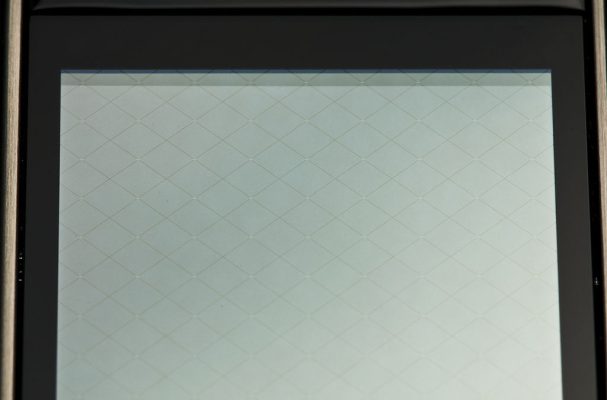Touchscreen Solutions
How Capacitive Touchscreen Works
Not to be confused with resistive touchscreens, capacitive touchscreens are constructed with an insulator (i.e. glass) that’s coated with a conducting material such as indium tin oxide. It receives its namesake based on the way in which it identifies points of contact. While resistive touchscreens measure changes in pressure, capacitive touchscreens measure changes in capacitance (hence the name).
To better understand how capacitive touchscreens work, you must first look the human body. Our bodies produce roughly 342 watts of electricity, which is enough to power about 3 incandescent light bulbs. Capacitive touchscreens work by measuring changes in the screen’s electrostatic field. When you place your finger or hand on the surface of a capacitive touchscreen device, your body emits a small electrical charge. This charge isn’t enough to damage the device, but it’s enough for the device to measure; thus, allowing it to identify points of contact.
Some of the advantages of capacitive touchscreen technology include:
- Durability — one of the greatest benefits of capacitive touchscreen is its strength and durability. Because it measures points of contact through changes in the screen’s electrostatic field, capacitive touchscreens can be manufactured with ultra-durable materials. This makes it a particularly attractive choice for industrial applications.
- Multi-Touch Support — another key benefit of capacitive touchscreen is its support for multi-touch. There’s a growing trend towards the use of multi-touch devices, as it allows for a greater level of versatility. With capacitive, users can perform numerous multi-touch commands, including pinch zoom and more.
- Reliability — of course, capacitive touchscreens are also incredibly reliable. Unless the screen is pierced, chances are it will continue to operate and function as intended. This alone is reason enough for many people to choose capacitive touchscreen devices.
Are There Any Disadvantages To Capacitive Touchscreen?
Of course, there are some minor drawbacks to capacitive, one of which lies within its design. The underlying principle of capacitive touchscreen technology involves the measurement of electrostatic fields. Therefore, attempting to use a capacitive device with gloves typically doesn’t work. Wearing a pair of gloves prevents the electrical charge from carrying over to the device, so it’s unable to read the point of contact. This is in stark contrast to resistive touchscreens, which identify points of contact based on pressure instead of electricity.

